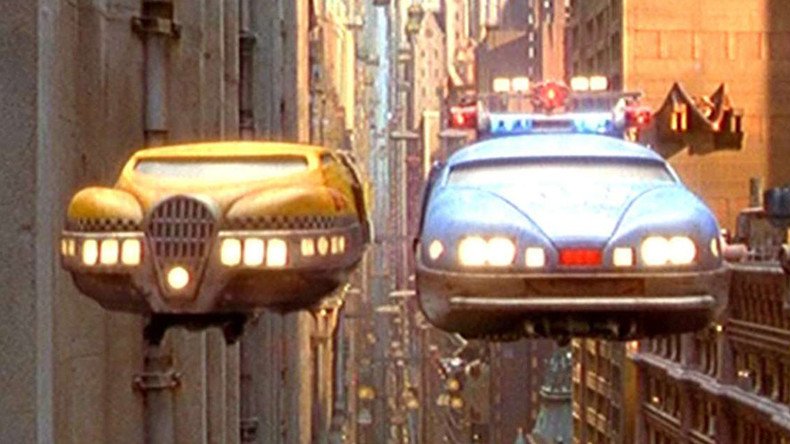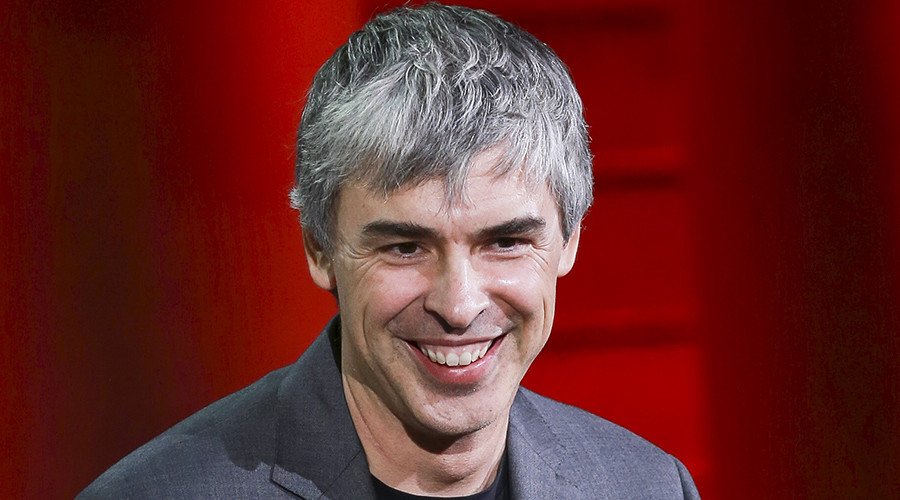Google's Larry Page invests $100 million to develop flying cars

The co-founder of Google Larry Page has used over $100 million of his own money to fund two separate flying vehicle startups.
The 43-year-old billionaire, who is currently the 12th wealthiest person in the world, has been privately sponsoring startup Zee.Aero since it was launched in 2010.

The company office is in a building near Google’s Mountain View headquarters.
Zee.Aero is working on building a small, all-electric plane able to take off and land vertically, like a helicopter. The company’s engineers have developed two prototypes, which are currently being tested at an airport in Hollister, California.
At the same time Page has been investing into a rival flying car startup Kitty Hawk, run by Sebastian Thrun, the founder of Google X, the company’s research division. The company is reportedly developing its own design for a flying car. Kitty Hawk’s office is also based near Google’s headquarters.
#LarryPage#Secret#FlyingCar Factories https://t.co/IrMEY4iYNw#ZeeAero#technology#google#carspic.twitter.com/E1NXUWWEfO
— Leah Hovig (@Shinyotaku) June 9, 2016
The aircraft firms are Page’s personal ventures with no funding from Google. The businessman’s zest for personal aircraft highlights his ambitions beyond the internet by developing enterprises similar to Alphabet’s delivery drones, self-driving cars and life-extension technology.
Flying car test flights get the green light from FAA https://t.co/p5p5DLyoQFpic.twitter.com/0fK8Y11Mhl
— RT (@RT_com) December 21, 2015
The projects are two of many working on developing flying vehicles. The small automated jets able take off and land vertically are designed to eventually carry passengers short distances as part of an on-demand transportation service.
Computing and battery technology make these engines more and more plausible, though they still have to face significant technical, regulatory and commercial barriers before they start transporting people.












